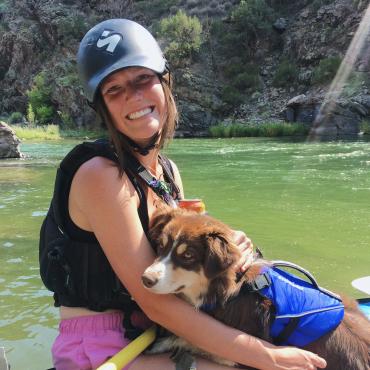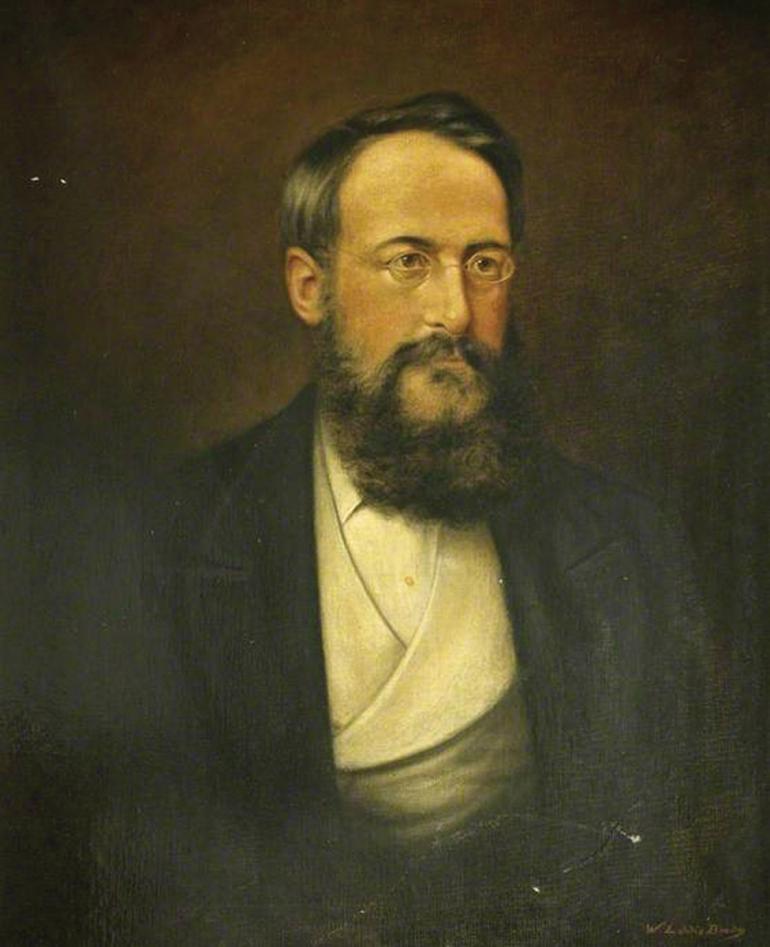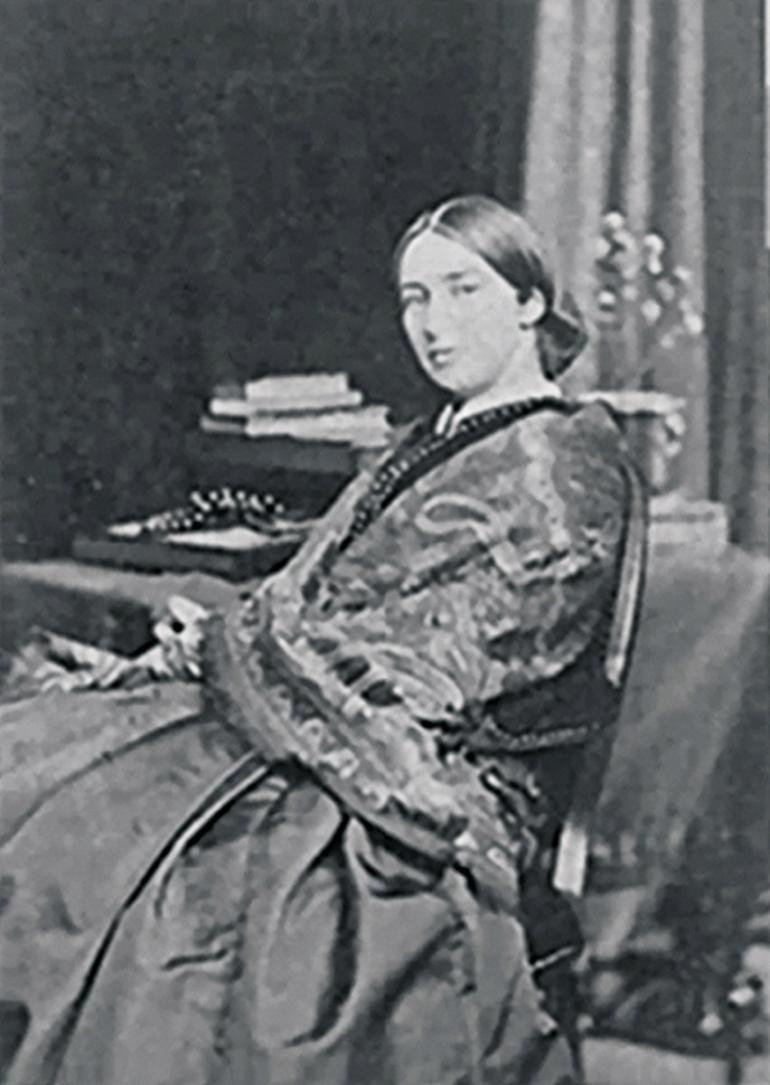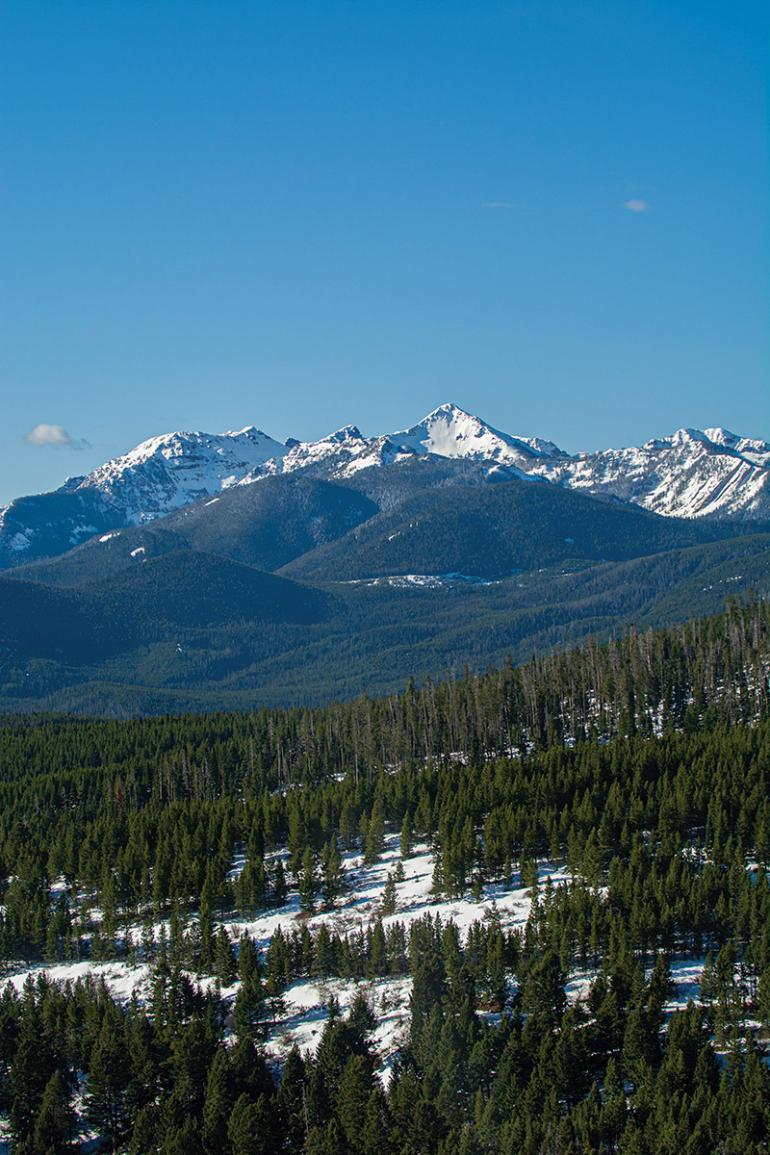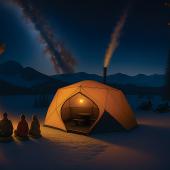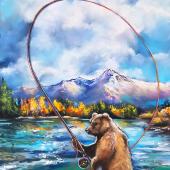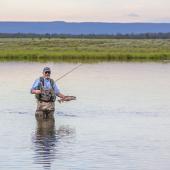Mounting Risk
The Blackmore’s western journey.
There’s a lot of history here in Bozeman. The names of streets, wilderness areas, and mountain peaks become part of our daily vocabulary, often without second thought. But long before Bozeman was lined with gear shops and townhomes, it was just another uncharted territory of the West. People took risks to explore and develop this new area—people who worked to create this place we all call home.
Mount Blackmore sits atop Hyalite Canyon, one of Bozeman’s most coveted outdoor access points. Reaching 10,152 vertical feet, Blackmore hosts travelers year-round, whether by foot or by ski. This peak fills the outdoor recreation cups of so many, but in the early days of Bozeman, a somber reality unfolded within eye-sight of this dignified mountain. Its name is a remembrance of the heartache that can accompany the exploration of regions yet unseen.
As the legend goes, it’s said that Mary’s pyramid-shaped gravestone is meant to look like Mount Blackmore.
Our story begins with Englishman William Blackmore. A successful lawyer and financier, Blackmore obtained a lot of wealth and influence in his day, and he used it in philanthropic ways, documenting Native American customs and funding early expeditions into the West. One such expedition was that of geologist Ferdinand Hayden and photographer William Henry Jackson, in what became known as the Hayden Survey. Blackmore’s financial backing of the Hayden Survey provided both research-based and visual evidence of Yellowstone’s geothermal characteristics, ultimately leading to its protection as a national park and sparing it from mining, agricultural, and industrial interests.
To celebrate Yellowstone becoming the United States’ first national park in 1872, William Blackmore set out with his wife, Mary, on an trip from England to the western United States. Although he had made the journey several times previously, this one was destined to end differently.
The Blackmores made it to Helena and were en route to Yellowstone when Mary became sick with pneumonia. The family set up shop in Bozeman while waiting for Mary to recover. Eventually, William decided to continue on toward Yellowstone by himself. But, not long into his trip, he received a message that Mary’s condition was worsening. He hurried back to Bozeman, but Mary died just before he made it to town in the early summer of 1872.
William bought five acres of private land from Daniel Rouse’s Bozeman Cemetery, where he buried Mary. He donated the rest of the land “to the people of Bozeman.” Today, we know it as Sunset Hills Cemetery. Ferdinand Hayden later named Mount Blackmore after Mary. As the legend goes, it’s said that Mary’s pyramid-shaped gravestone is meant to look like Mount Blackmore, and there is a direct view of the peak from her grave.


